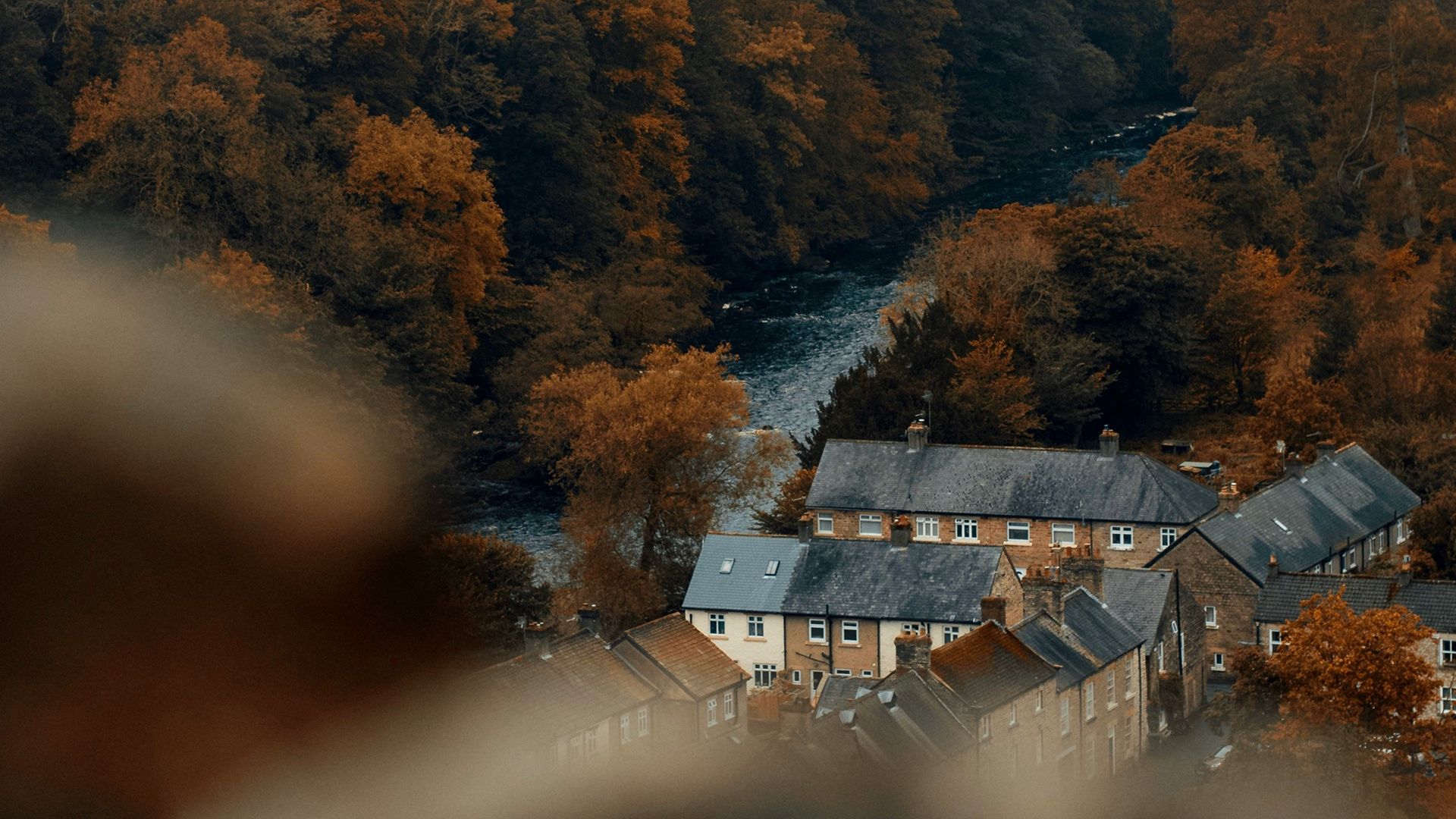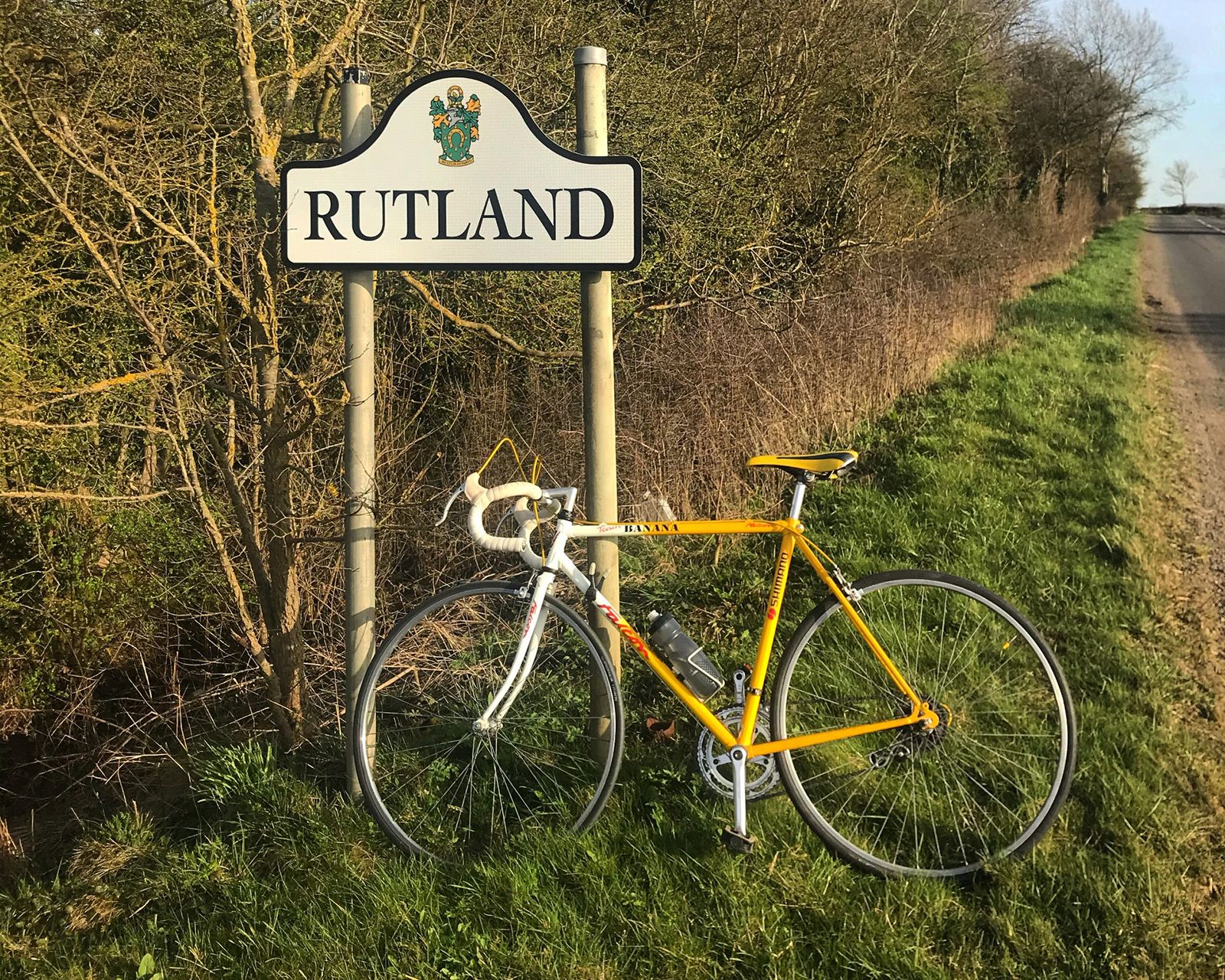Housing targets – must haves or madness?
By Sally Ormiston | 04.11.24
Housing targets, greying the green belt, policy consultations – planning is a hot topic, and with the government pinning their growth agenda on housebuilding, unlocking the planning system to boost the building of new homes is a top priority.

Solving the housing crisis is bandied as one of the country’s biggest challenges, with 300,000 new homes needed annually. The lack of suitable and affordable housing is well understood by those looking to live in the country’s most affluent places, but the housing crisis is not a single national issue. There are local variances in housing need and in the countryside, there is a unique set of issues to respond to.
The reintroduction of mandatory housing targets will see the highest increase in housebuilding in Yorkshire’s rural areas. North Yorkshire’s target is a threefold rise to over 4,200 homes a year, with a 156% increase for the East Riding. Increases for urban areas are more modest, mostly in single figures, and in Sheffield there’s a 12% decrease.
Whether you see these numbers as an ambitious necessity or, as one local Tory MP described them, ‘complete madness’, there are clear issues facing Yorkshire’s rural areas when it comes to the availability of suitable housing.
The affordability of rural housing is a major issue. North Yorkshire is one of the least affordable areas in the UK. Housing an ageing population is another consideration, with a growing population of over 65s in the countryside. Ryedale – Yorkshire’s most sparsely populated area, has seen the number of older residents living there double in the last decade.
Combined with declining services, the prevalence of holiday and second homes, and limited employment opportunities, the vitality of rural communities is at risk. Without quality affordable homes, school rolls fall, services close, and businesses struggle for staff and customers.
If we accept housebuilding as a necessary part of vibrant country life, we must find a way to balance the protection of our treasured countryside and rural way of life by ensuring more families and younger people can make it their home.

There are many ways to develop homes in rural communities – from small ‘infills’ in existing settlements to the conversion of redundant farm buildings, to larger settlement extensions and new villages.
Smaller scale development is inevitably more palatable but doesn’t always address the availability of services or affordable homes. A few new homes added to a village can put pressure on existing services but lack the leverage to justify new ones, materially contribute to the sustainability of existing ones or deliver affordable homes.
Whilst pepper-potting small developments across villages might be the path of least resistance, it is unlikely to create meaningful positive change. Mid-sized developments such as village extensions or new rural settlements can bring development at a scale that delivers beyond housing to create the ingredients needed for sustainable rural living.
Such developments must meet rigorous tests to ensure impact on roads, drainage, habitats, infrastructure and services is managed, mitigated and well planned. Carefully considered development can provide new homes and facilities that become part of a wider ecosystem of rural villages sharing services and critically provide a range of homes for diverse rural communities.
Whatever the housing targets, development on a range of scales is likely to be needed to ensure that rural Yorkshire can thrive.
Categories:
ConsultingWe are using cookies to give you the best experience on our website. You can find out more about which cookies we are using on our cookie policy.


